Radio leads the way…
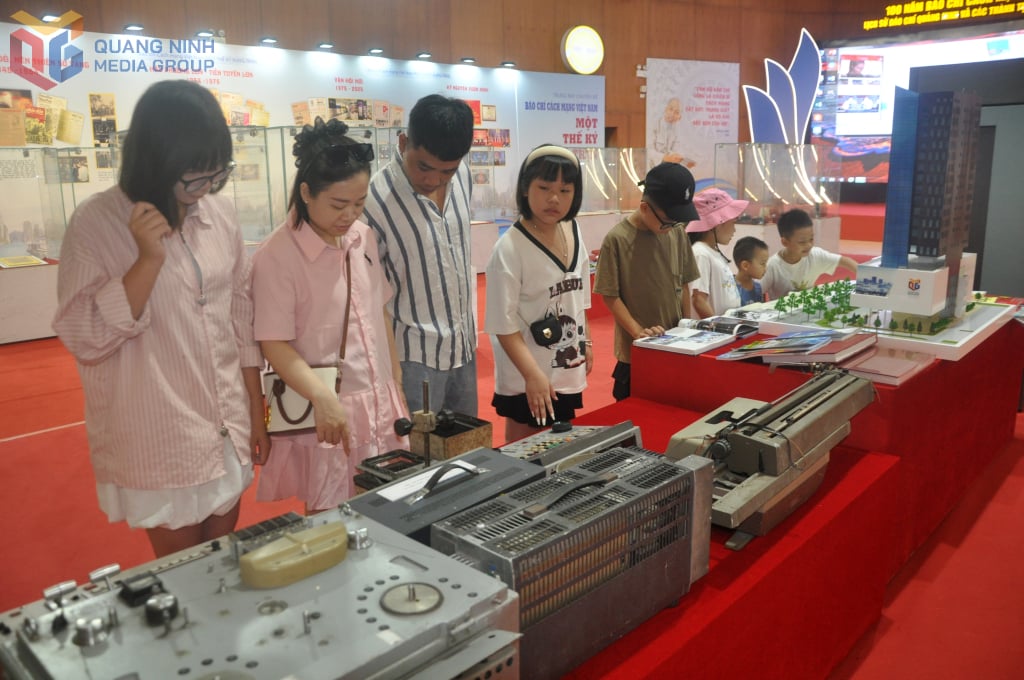
Since September 2, 1945 - the day of national independence, the birth of the Democratic Republic of Vietnam, this day has become a special day for the nation every year. For the Mining Region, September 2, 1956 is even more special as it marked the first broadcast of the Hon Gai Radio Station. The first loudspeaker sound resounding in the Mining Region became an unprecedented new phenomenon and was the birth day of the Hong Quang Radio Station, laying the foundation for the modern radio and television career of the Quang Ninh Provincial Media Center (QMG) today.
The souvenirs of those first awkward and emotional days are still preserved by QMG with some equipment. That is the 600W broadcasting amplifier, OKTAB microphone provided by the Soviet Union (formerly) for Quang Ninh radio in 1956. Notably, during the period when equipment was lacking at that time, this OKTAB microphone had the honor of recording Uncle Ho's voice during his visits to Quang Ninh. Talking about these souvenirs, Mr. Ho Phong, former Director of Quang Ninh Radio and Television Station, once said: The broadcasting system aided by the Soviet Union was quite modern and large-scale at that time. Hong Quang area was given priority by the Central Government to install 2 broadcasting systems in Hon Gai and Cam Pha out of a total of 11 broadcasting systems aided by the Soviet Union for the entire North. Each system was equipped with 2 amplifiers with a capacity of 60W/unit, 1 specialized iron-cased radio receiver, 1 tape recorder; over 10km of line, 10 public speakers and more than 100 small 1/4W speakers. Hon Gai alone has a sound room to record programs...
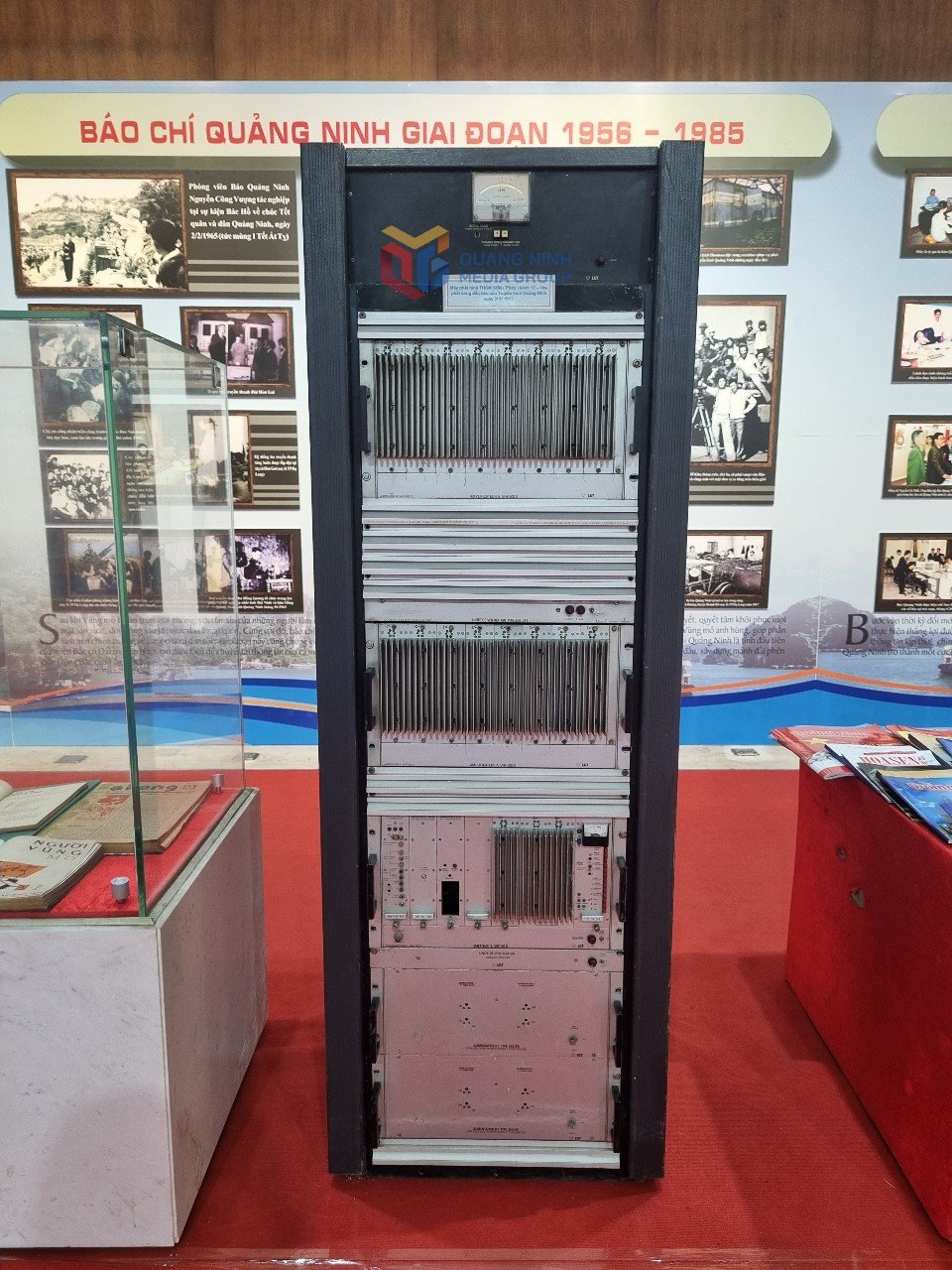
Since then, the loudspeaker has become a daily companion of the people of the Mining Region. Mr. Nguyen Son Hai, former reporter of Quang Ninh Radio and Television Station, once proudly shared: The first radio broadcast was a historical milestone, for the first time in the Mining Region there was an electronic newspaper serving the people in the cause of building and defending the Northern Socialist Republic and fighting for national reunification alongside the written newspaper "Mining Region". Especially in the spring of 1957, for the first time the people of the Mining Region were able to celebrate the traditional New Year with the echoes and sounds of loudspeakers in every family, on every street, alley, hearing the breath of spring coming from the capital Hanoi , hearing Uncle Ho's New Year greetings to the people and soldiers of the whole country on New Year's Eve, making people excited...
Later, there were many remaining relics of the Mining Area broadcasting system, such as: Riporter - 6 recorder, MET recorder that participated in radio programs in the 1970s; 3BYK recorder equipped in the 1980s; test generator, Tesla oscilloscope serving survey and technical research in the 1980s; loudspeakers... Most of these relics were provided to Vietnam by the former Soviet Union and were given priority to serve the cause of broadcasting development in the most important industrial region of the country at that time.
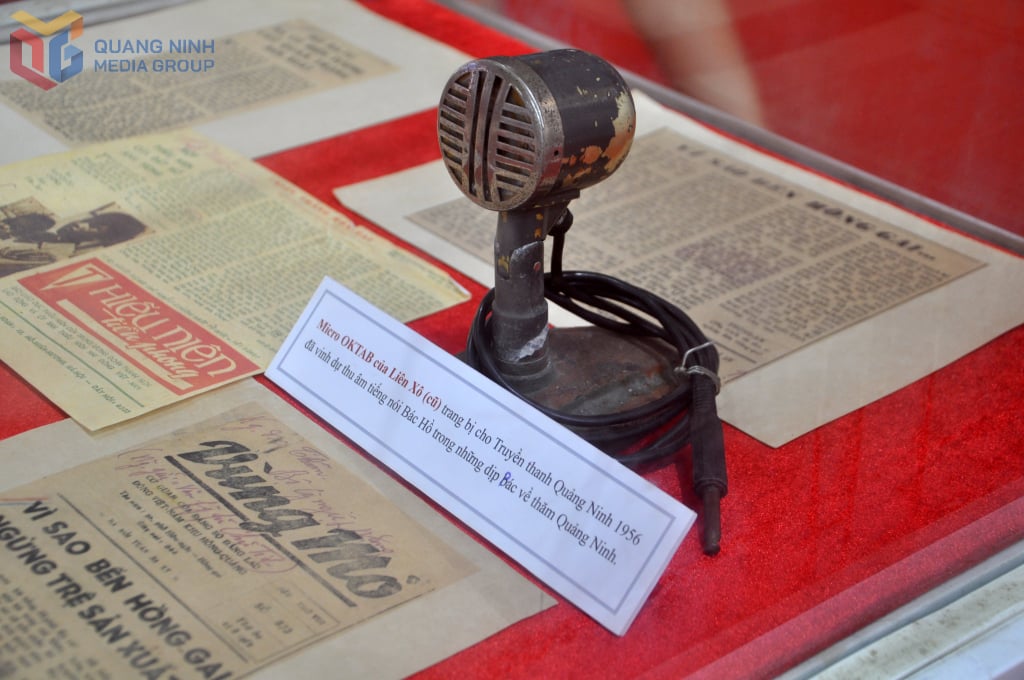
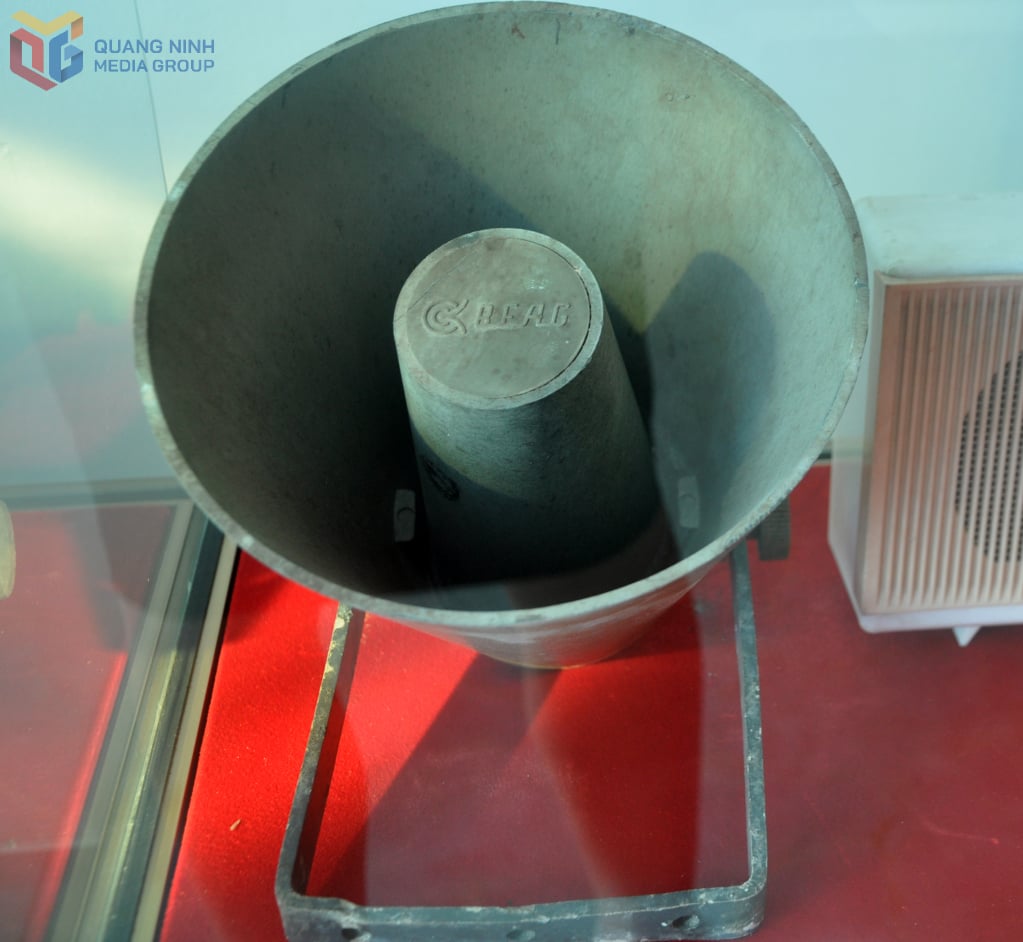
Special attention to television
Born 27 years after radio (1983), the first broadcast of Quang Ninh Television also took place on September 2. The Thomson (France) transmitter that contributed to this important event held a special mission. The process of purchasing and transporting to Quang Ninh showed the special attention of the province at that time. Mr. Pham Hoanh, former Chairman of the People's Committee of Quang Ninh province, once said: Since the early 80s, the province has thought about building a provincial Television Station, because Quang Ninh is identified as an industrial, border, mountainous, island province with a lot of potential for tourism development. At that time, the Central Television Station in many places in the province could not receive television, so there was a need for television to serve the spiritual life of workers and people in the province...
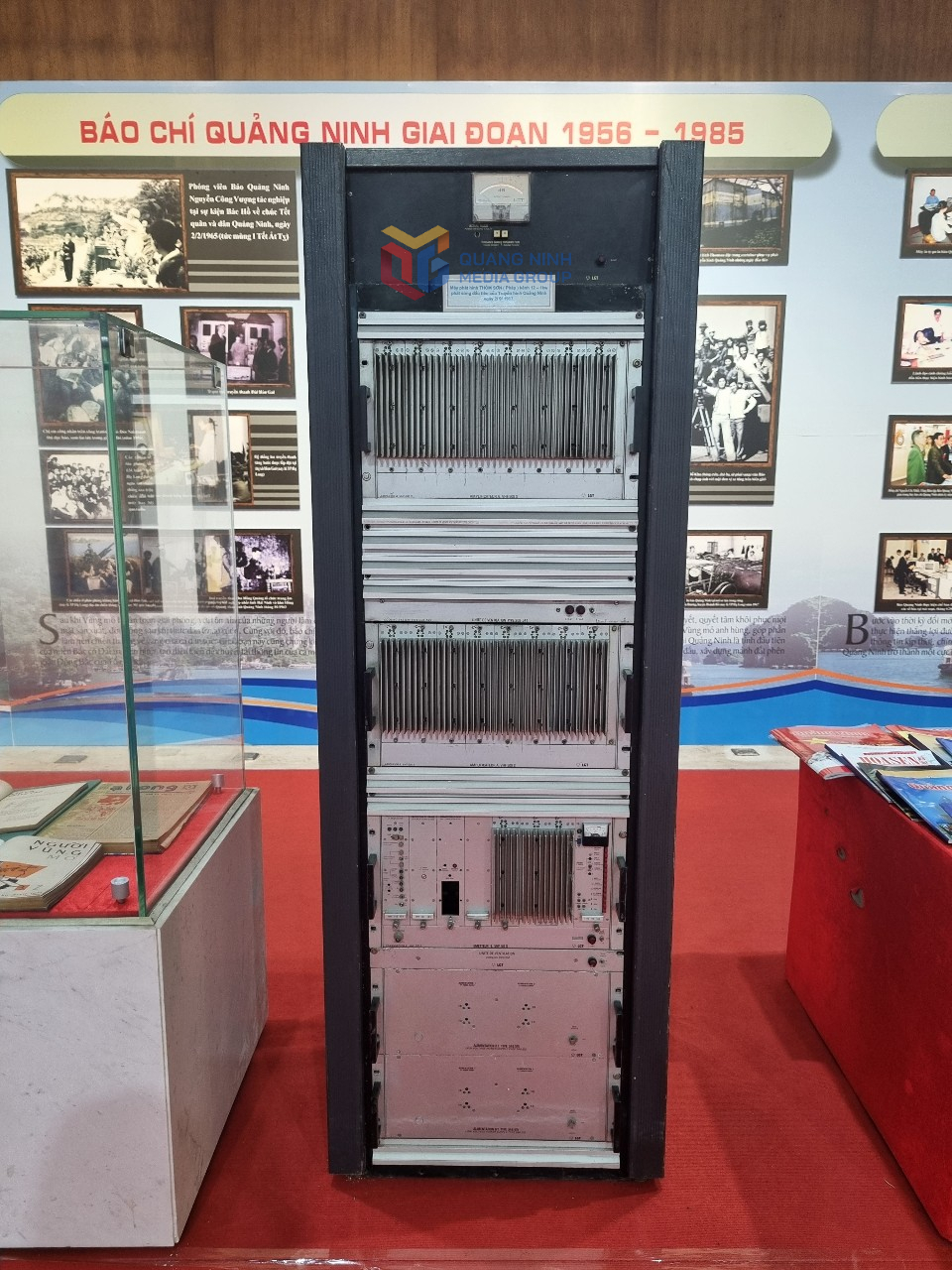
According to him, the purchase of the transmitter was discussed by him and some officials of the Central Radio Station, the Ho Chi Minh City Institute of Radio and Television Technology Research, and referenced documents from several countries such as Japan, France and Germany. After that, they agreed to buy a French transmitter, which was both better and more convenient, with a foreign currency price of 60 thousand dollars from Thomson. The foreign currency to buy the transmitter was deducted from the province's export business efficiency. As a result, after only 15 days of transferring the money, the transmitter was shipped from France to Ho Chi Minh City...
It is a fairly modern 01KW independent equipment cluster, assembled by the Ho Chi Minh City Institute of Radio and Television Technology. The entire machinery block is placed in a container the size of a mobile television transmitter. Mr. Pham Xuan Pho, former Director of Quang Ninh Radio and Television Station, once said: To complete and put into operation, the provincial Radio Station had to worry about building infrastructure (transmitting and receiving antenna towers, power lines, roads up the hill...). That year there was a lot of rain, especially from May to August, but the sectors assigned by the Provincial People's Committee to support the Station such as construction, electricity, and transportation were all very active, ensuring the progress of the antenna towers, power lines, road construction, offices, security...
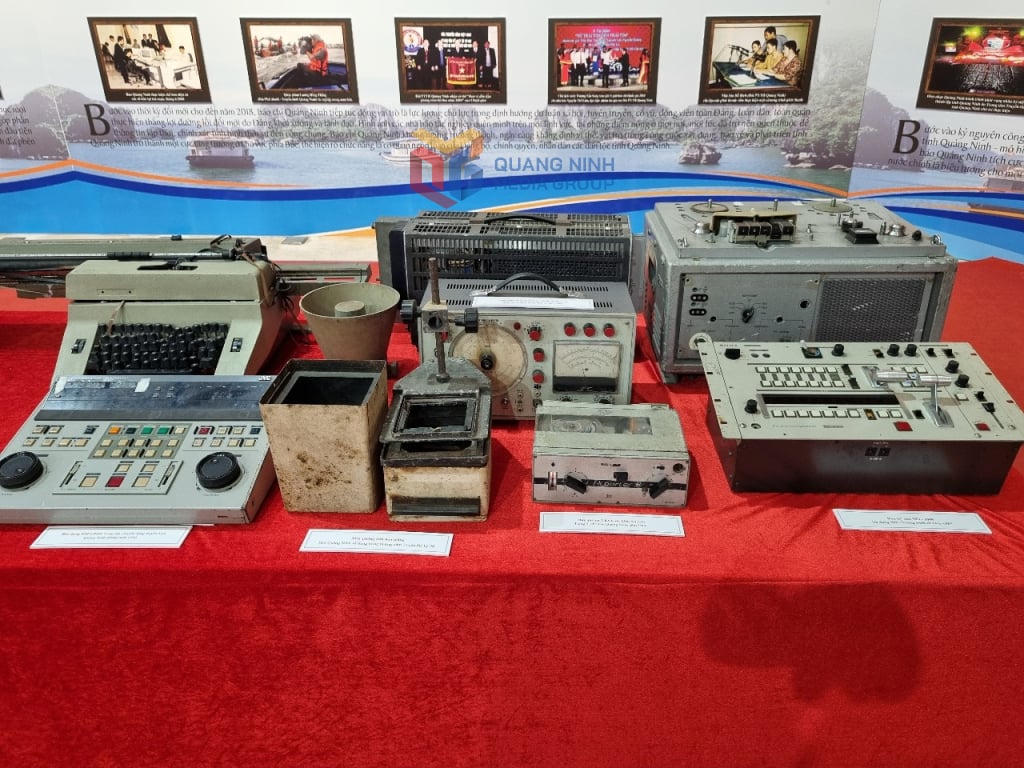
The province assigned the Maritime Transport Company to take the Song Chanh ship, with a capacity of 2,000 tons, to the South to transport the machine in a timely and safe manner. The ship carrying the machine docked at the Hong Gai Coal Supply Port (Ben Doan area). Moving the machine from the port to Cot 5 hill was also not simple. The province asked the air defense commanders to help lift the machine and send 2 vehicles (1 tractor, 1 pushcart) to carry the machine and antenna system from the port through Hong Gai street, bringing the transmitter up to the 150m high hill at Cot 5 safely.
As a result, after more than 1 month of focusing on construction and assembly, all work was basically completed, tested, and the transmitter had good signal. And the inauguration ceremony of Quang Ninh Television Station took place on September 2, 1983. At that time, Quang Ninh was the first province in the North to build a Television Station in difficult conditions that seemed impossible. This machine was used from 1983 until 1995 when the transmitter was replaced.
Along with the Thomson (France) television transmitter, the UMATIC (Japan) specialized editing table was also imported through the Ho Chi Minh City Institute of Radio and Television Technology Research. Many of the devices have been used to make television programs since 1983 and the following years, and have now become souvenirs kept by television workers to remember the past years, such as: SEG 2000 effects table, monitor, U-Matic transmitter recorder, RM-G810v editing table, Panasonic camcorder, M7 camera, Sony tape recorder, typewriter...
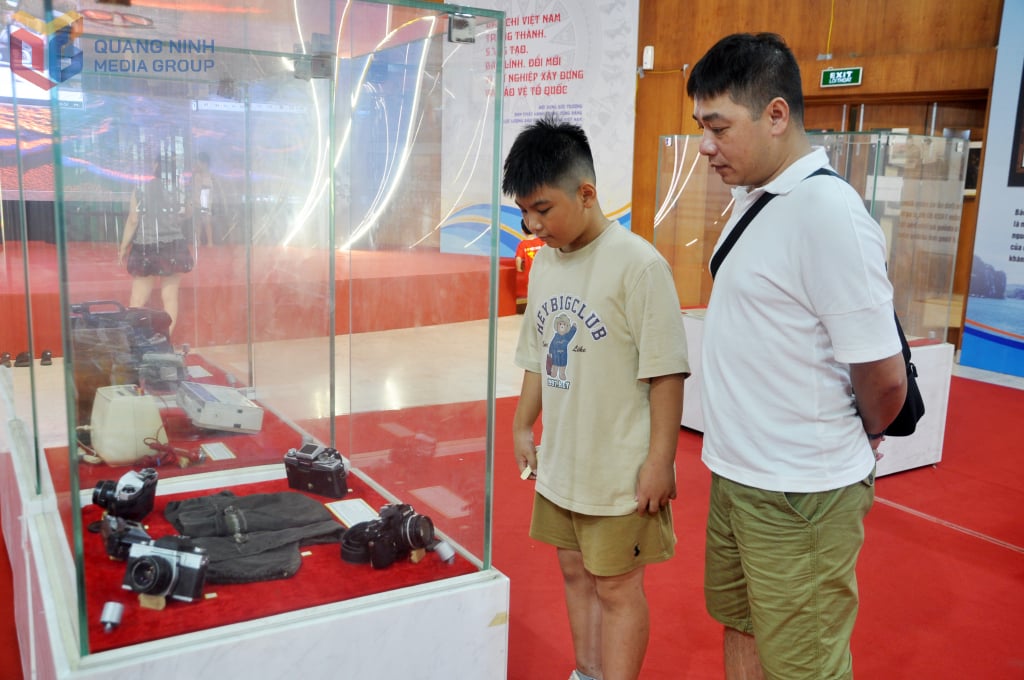
Forever the "fire" of Than newspaper
According to recorded documents, in the Mining Region, the Than newspaper - the organ of the Revolutionary Youth Association of the Cua Ong - Cam Pha region, was born in late 1928, with a small size of only half the size of student paper. The newspaper only existed until early 1931 but was the first Party newspaper in the Mining Region, the predecessor of the Quang Ninh Newspaper later. The relic of the first issue of the Quang Ninh Newspaper dated January 2, 1964 is still preserved by QMG until now. From that first issue until the Quang Ninh Newspaper issues published in the 70s, they were only printed in simple black and white.
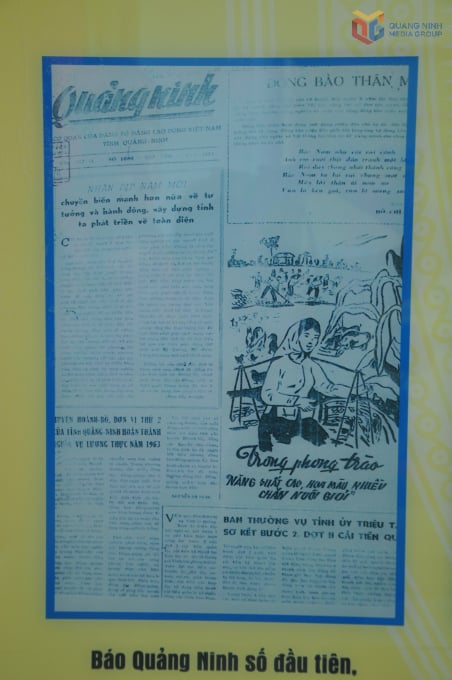
Having been attached to Quang Ninh Newspaper since its first issue, journalist Don Minh, former Deputy Editor-in-Chief of Quang Ninh Newspaper, once shared: At that time, the newspaper had 4 pages, 2 issues per week, page 1 was news, page 2 was agriculture, page 3 was industry, page 4 was good people, good deeds, culture, society. At that time, material life was difficult and arduous, but everyone worked extremely enthusiastically. During the years of fighting against the destructive war of the American invaders, whenever receiving orders, Do Kha, Cong Vuong, Hoang Chi... immediately took their cameras to the base, regardless of the danger. The agency had a few cameras for photojournalists, not 1-2 cameras per person like now...
Among the artifacts kept in the Traditional Room of QMG today, there is still the Praktica camera used by journalist Nguyen Cong Vuong, a former officer and reporter of Quang Ninh Newspaper, to take photos of Lieutenant An-ve-ret, the first American pilot captured alive by the Quang Ninh army and people in the First Victory on August 5, 1964.
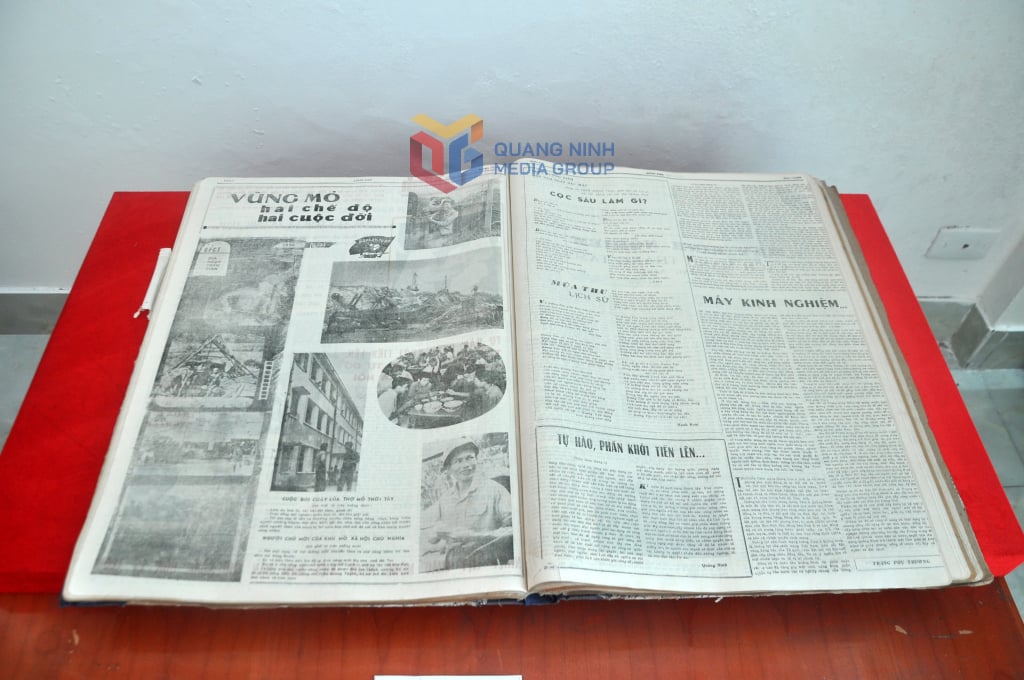
Recounting this story, when he was still alive, Mr. Nguyen Cong Vuong said that on the afternoon of August 5, when he heard the town radio station reporting that an American plane had been shot down and a paratrooper had fallen outside the Bay... he immediately grabbed his camera and his workbook and rushed out but was too late. By the evening, the editorial office reported that the paratrooper was currently being held in Bai Chay. So he quickly grabbed his camera and set off. When he arrived at the Navy unit where he was being interrogated, he stood about a meter away from E. An-ve-ret and raised his camera to take a picture.
He said: “E. An-ve-ret reacted very quickly, intentionally not letting me take pictures. I put down the camera, looked straight at him, and showed a very serious attitude. Seeing that, E. An-ve-ret lowered his head to avoid my eyes. I immediately raised the camera and took 3 consecutive shots in less than 1 minute... When we got back to the editorial office at 12 o'clock at night, Hoang Chi and I (both reporters of Quang Ninh Newspaper at that time) went straight into the darkroom to develop the film and develop the photos. Looking at the 3 photos over and over again, we were most satisfied with the second one, pilot E. An-ve-ret lowered his head, his eyes half surprised, furtive, half scared, and submissive... We printed this photo and reported it to comrade Nguyen Tho Chan, who was then the Secretary of the Quang Ninh Provincial Party Committee. And the very next morning, the image of the first defeated American pilot captured in the North was printed next to the news of the glorious victory of the army and people of the North in general, Quang Ninh. In particular, in the first battle of victory over the American invaders in the Party newspaper..."
The cameras used by reporters in the past were mostly film cameras, mainly provided by the agency and only about 30 years ago, they were still relatively rare. There was even a period when Quang Ninh Newspaper was equipped with photo enlargers and darkrooms for reporters to print and develop photos after taking them. Currently, QMG still preserves an artifact, a black and white photo enlarger that Quang Ninh Newspaper used in the 70s of the 20th century.
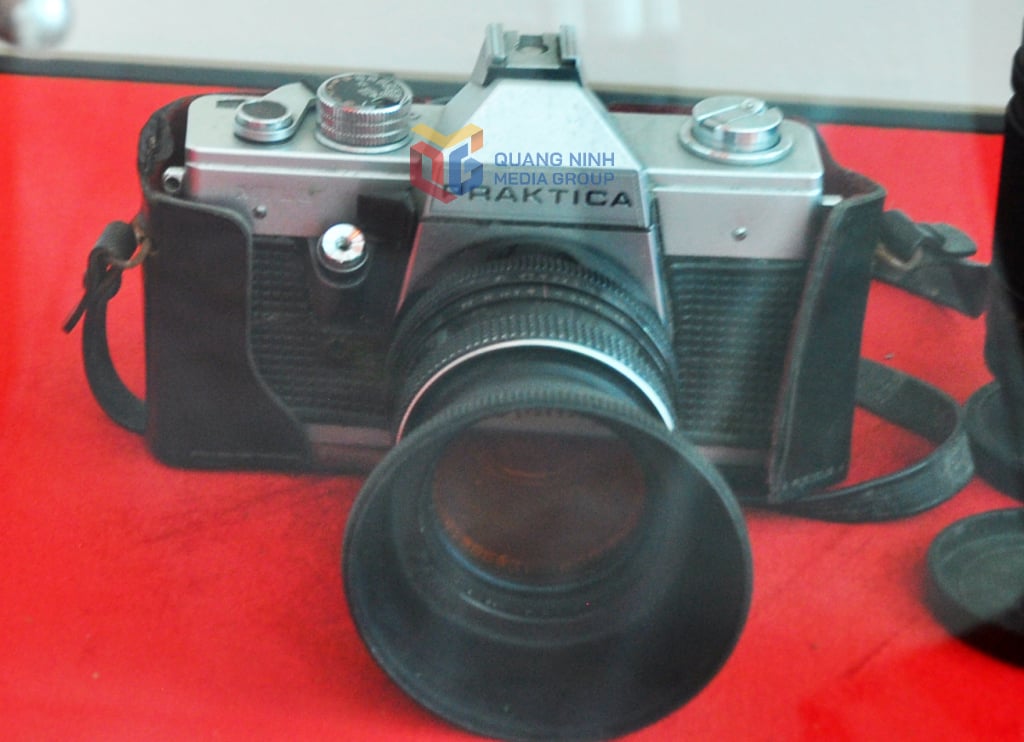
Recently, in the exhibition of 100 years of Vietnamese Revolutionary Journalism at the Quang Ninh Museum, besides the Praktica camera that journalist Cong Vuong used to take pictures of An-ve-ret, there was also a Nikon camera used by journalist Vu Dieu (formerly a staff member and reporter of Quang Ninh Newspaper) in 1964 and a number of cameras used by other journalists in the country in the past. In particular, the exhibition also displayed the first digital camera used by Quang Ninh Newspaper, which was given to him by comrade Nguyen Van Quynh, former Secretary of Quang Ninh Provincial Party Committee, in 2002...
The relics of Quang Ninh journalists in the past have been collected, gathered and preserved by QMG in the unit's Traditional Room, some of which are displayed at the Provincial Museum - Library or the Vietnam Press Museum... The press agencies of the province (Radio and Television Station, Quang Ninh Newspaper, Ha Long Newspaper) have now been under the same roof of the Provincial Media Center since 2019. Joining the flow of revolutionary journalism across the country, Quang Ninh press in recent years has had strong innovations, equipment and facilities serving the working activities of cadres and reporters are increasingly modern. The old artifacts have completed their historical mission, are no longer used but are forever priceless relics, reminding of the past, although not too far away, but marking many efforts, attempts, even blood of the previous generation of journalists in the Mining Region, which is the premise for the development of Quang Ninh press today and tomorrow.
Source: https://baoquangninh.vn/chuyen-ve-nhung-ky-vat-cua-nguoi-lam-bao-3360777.html








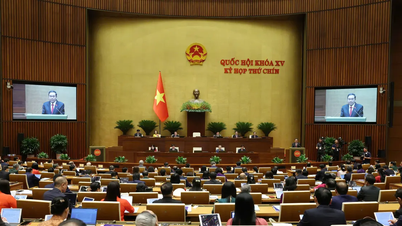




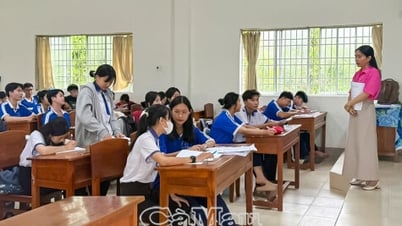


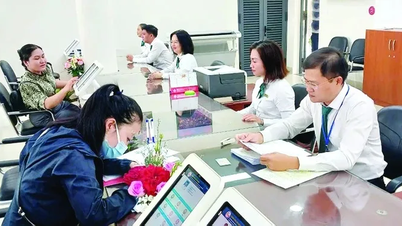




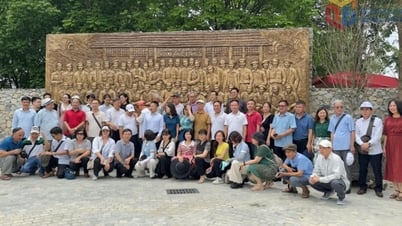
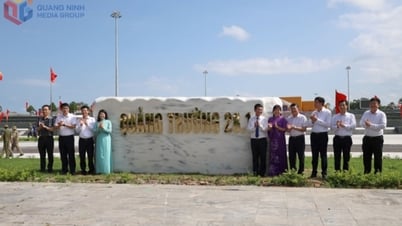





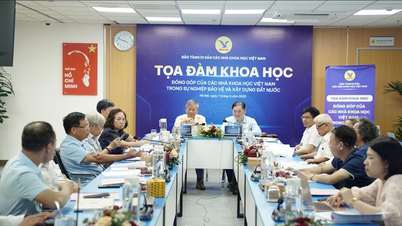





































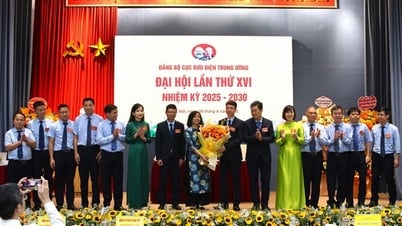










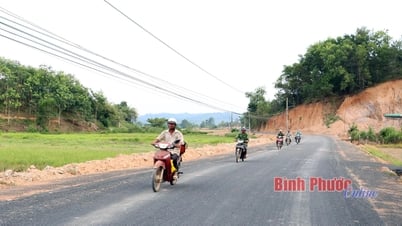









![[OCOP REVIEW] Tu Duyen Syrup - The essence of herbs from the mountains and forests of Nhu Thanh](https://vphoto.vietnam.vn/thumb/402x226/vietnam/resource/IMAGE/2025/6/5/58ca32fce4ec44039e444fbfae7e75ec)



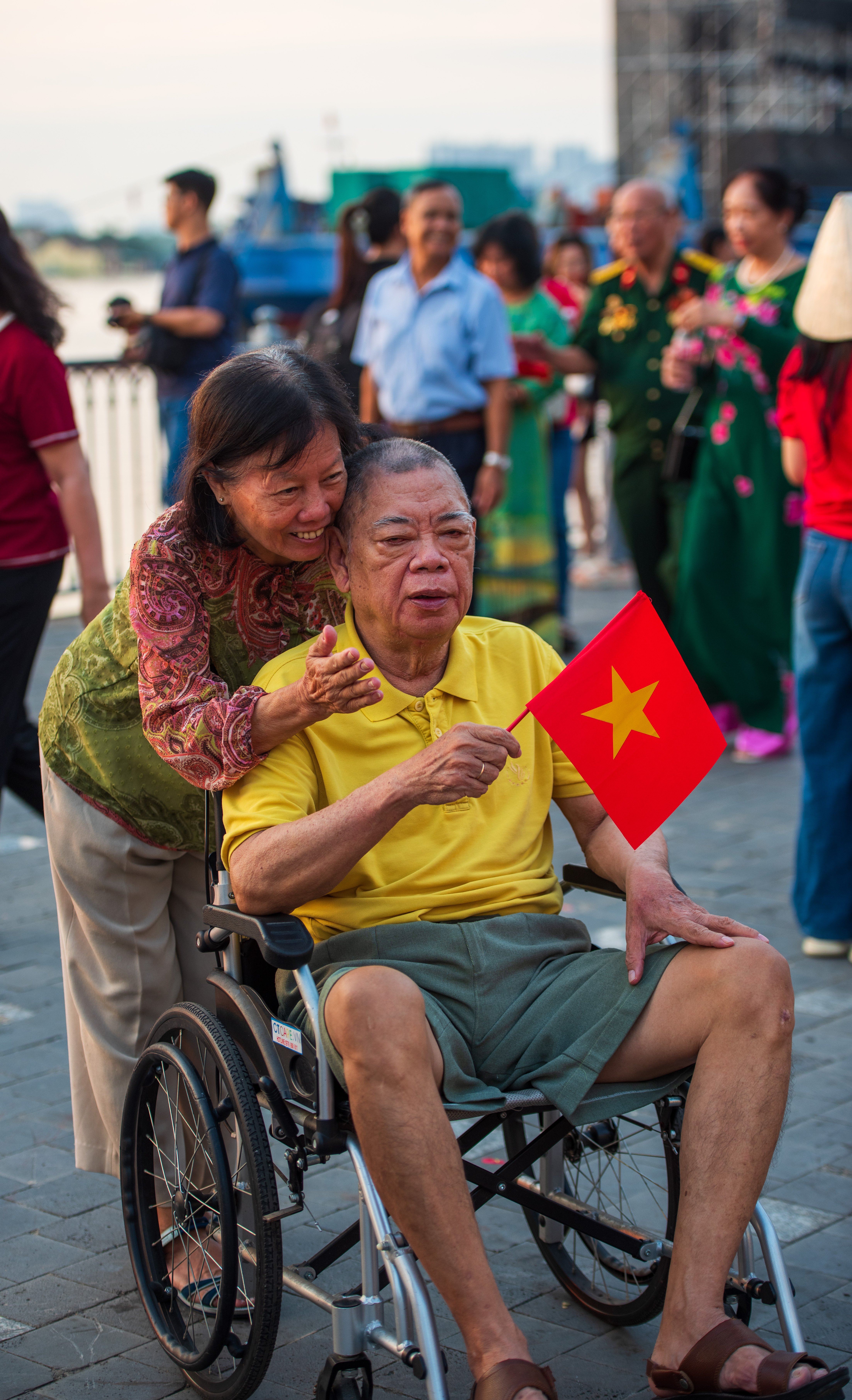
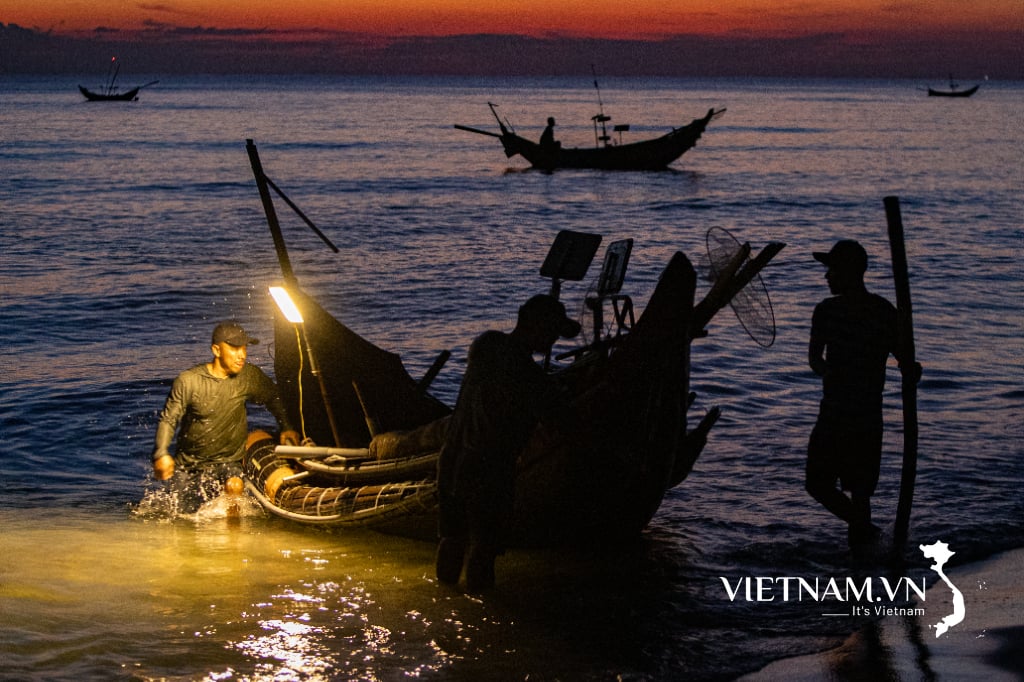

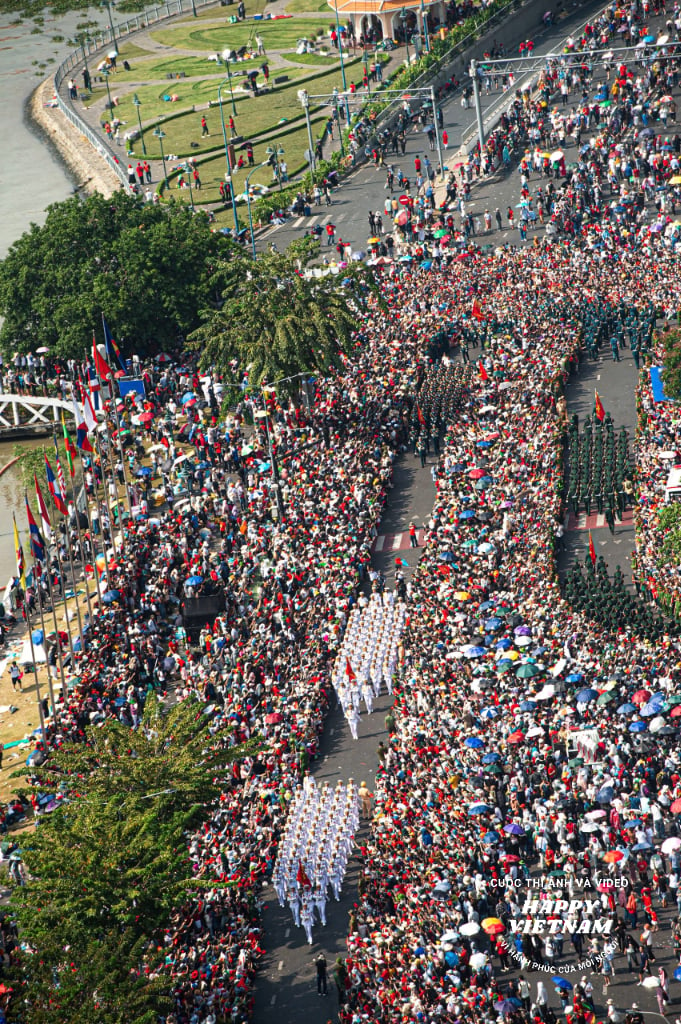
Comment (0)